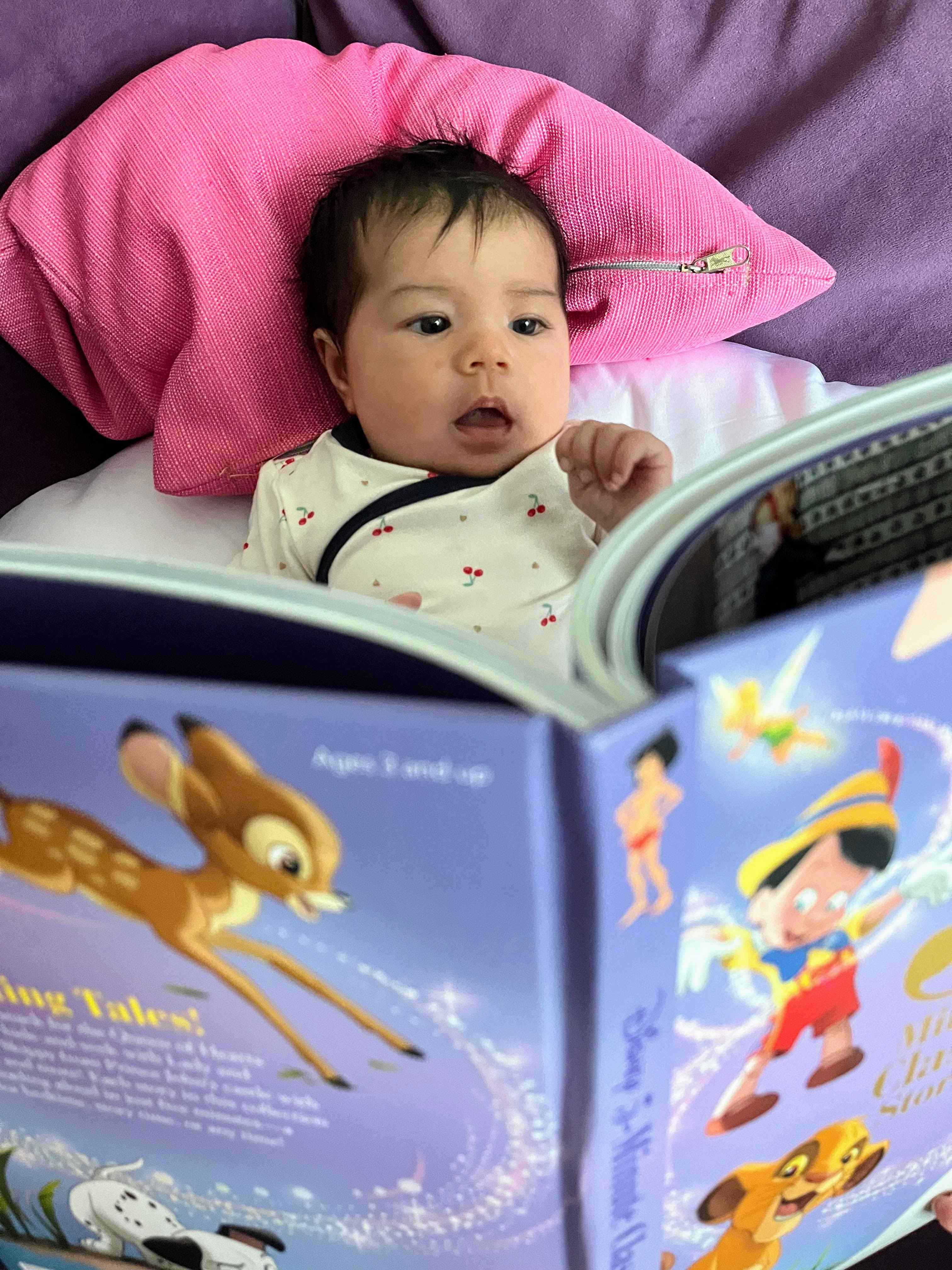As many parents and teachers might have experienced, many kids have trouble learning to read. The comforting news is that advances in neuroscience have, in parallel, led to advances in the teaching of reading. Dr. Stanislas Dehaene, a French cognitive neuroscientist and author whose research focuses, in particular, on numerical cognition and the neural basis of reading, has some very interesting information on the subject.
According to Professor Dehaene, reading is a visual system that gives access and meaning to an existing knowledge of spoken language. Fluent readers understand sentences effortlessly by relating the alphabetic code of the text to the meanings and sounds of the spoken words they already know. Reading works the same way with all languages, and it's a process that takes place in the same areas in the left hemisphere of the human brain.
But what is really working, and what needs to be improved based on neuroscience? Prof. Dehaene has some great insights about it. First, explicit phonics instruction for decoding, and spelling for encoding words, is efficient with beginners. Meanwhile, "discovery learning" - which is the dominant practice in many American schools today (established by decades of using "whole language" and "balanced reading" methods) - does not work.
"Whole language or even balanced literacy confuses the attention of the child," Prof. Dehaene said. Cueing practices such as remembering word shapes, or guessing by looking at images and context, prevent kids from focusing on mapping sounds to letters. The beginner reader's brain is like a "supercomputer" that needs structured inputs and explicit instruction in phonics and spelling.
For children, translating graphemes into phonemes is a difficult task that must be explicitly taught. Unfortunately, this fundamental requirement has been abandoned for many years in lots of schools in favor of the now-debunked "discovery learning," "whole language," and "balanced literacy" theories.
Dr. Dehaene lists three main factors that can result in a successful reading instruction:
-
Teaching kids phonics and spelling (grapheme-phoneme relations)
-
Expanding kids' spoken vocabulary
-
Motivating kids to "read, read, read!"
In his book Reading In the Brain, Prof. Dehaene writes that whole language "does not fit with the architecture of our visual brain." In summary, he explains that whole language and even balanced literacy confuses the attention of the child, that three-cueing should not be used, that children should not guess from context or word shapes, and that guessing has no role in learning to read because it's all in the letter string (aka the spelling).

Picture: Scarlett, a two-month-old baby, reading (ChildUp.com)



